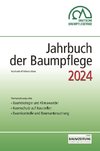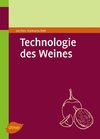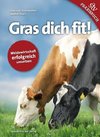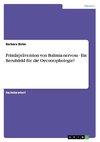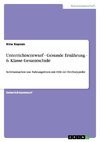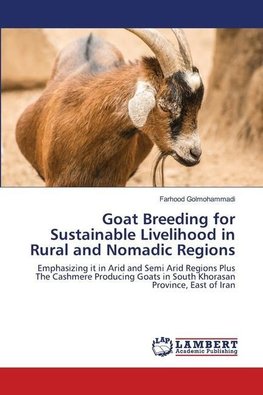
-
 Anglický jazyk
Anglický jazyk
Goat Breeding for Sustainable Livelihood in Rural and Nomadic Regions
Autor: Farhood Golmohammadi
In the developing countries, goats make a very valuable contribution, especially to the poor in the rural areas. The importance of this valuable genetic resource is underestimated and its extent of contribution to the livelihood of the poor is inadequately... Viac o knihe
Na objednávku, dodanie 2-4 týždne
66.60 €
bežná cena: 74.00 €
O knihe
In the developing countries, goats make a very valuable contribution, especially to the poor in the rural areas. The importance of this valuable genetic resource is underestimated and its extent of contribution to the livelihood of the poor is inadequately understood. They are often neglected in comparison with cattle and sheep. Goats were the first animals to be used for milk by humans. There are over 210 breeds of goats in the world. There are approximately 450 million goats around the world. Goat and sheep breeding observe all together by rural and nomadic people as a traditional work for their livelihood and income earning in many arid and semi arid regions of Iran. Goats traditionally had a strong influence on the socio-economic life of human populations, especially in rural and less favored regions of the world. In these regions this livestock constitutes an important source of proteins by converting different natural resources of lower quality. Due to their high tolerance to heat stress goats can be survive and produce in the most marginal regions of the world. It is believed human goat herding began 10,000 years ago in the Zagros highlands of western Iran.
- Vydavateľstvo: LAP LAMBERT Academic Publishing
- Rok vydania: 2020
- Formát: Paperback
- Rozmer: 220 x 150 mm
- Jazyk: Anglický jazyk
- ISBN: 9786202513173
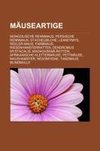
 Nemecký jazyk
Nemecký jazyk 
